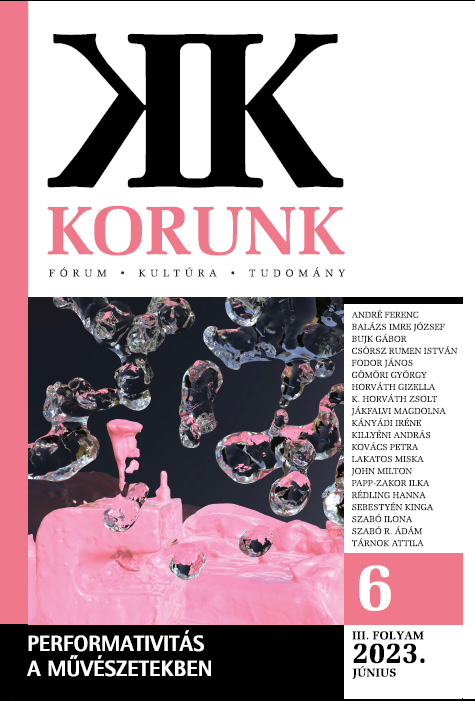Hangok a sorok között. A 18–19. századi énekelt költészet nyomában
Tunes between the Lines: In the Wake of the Eighteenth-Nineteenth-Century Sung Poetry
Author(s): István Csörsz RumenSubject(s): Hungarian Literature
Published by: Korunk Baráti Társaság
Keywords: composer; lyrics; melody; music; sung poetry
Summary/Abstract: The essay explains the most important functions of Hungarian sung poetry in the eighteenth and nineteenth centuries. In the Mediaeval European model, the poet was often a composer as well (like the troubadours etc.), but it was not characteristic in Hungary in the Early Modern period, and later was also rare. At the end of the eighteenth century, two poets, Mihály Csokonai Vitéz (1773–1805), and Ferenc Verseghy (1757–1822) were considered to be trained musicians, but perhaps only Verseghy, a Pauline monk, a liturgical musician, and a harp player was active as a composer. The majority of the poets used the ad notam ‘on the tune’ method, which was a constant technique in Hungarian poetry since the sixteenth century. They wrote their poems/songs based on a concrete melody, or marked the opening line or title of another song, whose tune the new lyrics could be sung with. It somewhat reflected the author’s conception, but the ráfogás method (in the nineteenth century) hung only on the public, the new singers. They matched e.g. Sándor Petőfi’s poems with free, popular melodies or folk songs. The concrete song-compositions (composing melodies for the existing poems) came into focus in this period, when professional composers wrote new melodies to the poems. Others, like János Arany, the excellent poet, who played the guitar in his later years, did the same.
Journal: Korunk
- Issue Year: 2023
- Issue No: 06
- Page Range: 21-29
- Page Count: 9
- Language: Hungarian

